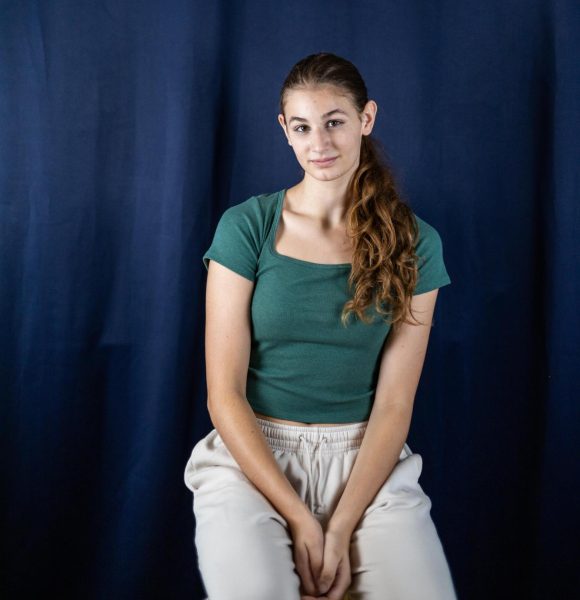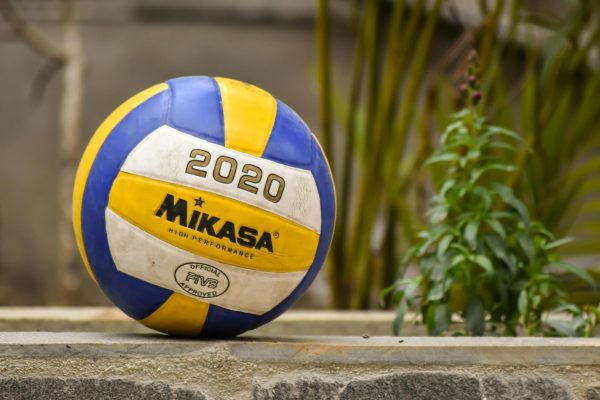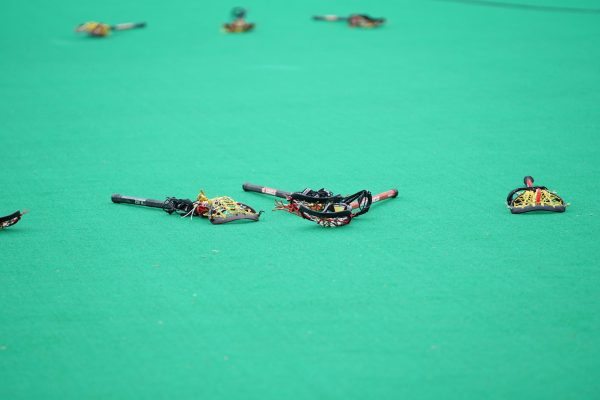Coaching Culture
WAHS athletes and Coaches, what’s the best way of coaching for athletes?
From professional athletes to kids in little league, how people are taught can influence the way they play, and how they grow as an athlete. Coaches shape both performance growth and what people can value in their work. Like with teaching, there’s different methods of mentoring, but which is best for athletes?
When senior Rashid Ahmed was originally presented with the challenge of pole vaulting in track and field, he didn’t really know how to perform it until coach Phil Johhnson guided him to the proper technique. “It’s very form reliant and I would have not known how to do it from just looking at videos,” Rashid said. “So his instructions on how to do it properly is crucial for the sport.”
With many activities comes guidance that can be passed on, which is shown through the relationship between coach and young athletes. Coaches help perfect the strategy or technique of athletes, adding guidance and knowledge that the athletes may not have.
Coaches of sports techniques and skills can be presented to athletes in many ways. There’s types of coaching mindsets that can help produce a greater response of actions within a sport, one being a more aggressive style, which may help motivate their players.
¨I always liked the coaches that are loud and in my ear because it’s what motivates me,¨ said junior lacrosse player Asheton Cavender.
Coaches showing off an aggressive nature might help keep their players engaged in their sport. Freshman Szammy Kitchen, , tennis player, preferred this aggressive style seeing it as her coaches showing off their enjoyment and passion for the sport to their players.
This aggressive style of coaching success, when it comes to motivation, was broken down by baseball player Sophmore Porter Kelly, who talked about the infectious nature of a coach’s spirit. ¨They keep their energy and their energy is contagious,” Kelly said. “Their energy will influence the players in the game pushing them to win.¨
Presenting that style of coaching, however, can be implemented into many different ways, depending upon the sport. That feedback which is gathered by coaches can be brought to the forefront and really be digested through direct communication, not beating around the bush and getting straight to what they need to work on even in a blunt manner. This idea was expressed by Kitchen about her tennis coaches, feeling that, ¨The best coaching technique, is just flat out telling the person what they need to work on… telling us when we’re not looking good.”
Saying nothing at all about what an athlete needs to work on or what they’re not doing right was seen by Kelly as the worst possible coaching technique. Coaches depriving athletes information they could use to help them become better was stated by Kelly to be the least effective coaching technique.
“Coaches that don’t talk are the worst and you never know if you’re doing something right,” he said.
“We practice hard, but we’re all very dedicated to each other and the team. I met people during the first week of practice that I now hang out with on the weekend. We’re a family and it’s just a very positive environment,” said Kitchen.
Kitchen also said, “I wake up in the morning and I’m excited for tennis, it literally motivates me coming to school sometimes.” Expressing how even though coaches might be blunt at times, she still thinks that her coaches, Justin Crow and assistant coach Carrie Harrington, are some of the best ones she’s ever worked with.
To some athletes, coaches can present a likable nature even when aggressive and blunt with their statements. Even though this aggressive and forward style of coaching is liked by some athletes, those same athletes might not want that form of coaching when it comes to a certain situation.
So, that shouting, yelling, aggressive presentation however was told by Cavender to be unnecessary when a coach is trying to cheer up or inspire his team when they’re losing a game.¨They shouldn’t be yelling, all they should be like is ´hey guys we´re in this, right, we haven’t lost yet, right? We gotta relax, we gotta loosen up a bit. You got to work a little harder and we can do this.¨
The relationship between coaches and athletes is one made from an exchange of knowledge. Coaches’ way of sharing that knowledge with their athletes can be presented in some styles which allow those athletes to feel their coaches love for the sport. From the practices to the games, coaches’ cultural coaching on the field is one which can be shown off in a variety of formats with a variety of interpretations on how that format helps their athletes.
Your donation will support the student journalists of West Albany High School. Your contribution will allow us to purchase equipment and cover our annual website hosting costs.





